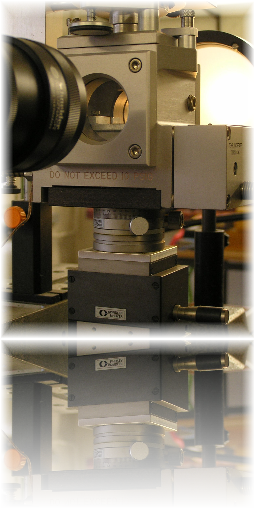Wavelength-dependent measurement - Homepage WEE-Solve GmbH
Main menu:
- Home
- Menütrennlinie 7
- About us
- Menütrennlinie 1
- Fractionation
- Menütrennlinie 4
- Rheology
- Menütrennlinie 5
- Contract research
- Menütrennlinie 6
- Analysis
- Menütrennlinie 8
- Contact
Wavelength-dependent measurement
The measurement of the absorption at different wavelengths can be used for pureness validation of the investigated substance. If the sample has no contamination, the ratio of the absorptions at different wavelengths stays the same provided that the substance absorbs at the investigated wavelength range. If the sample is polluted, the wavelength ratio changes on condition that the contamination also absorbs at the same wavelengths.
Field of application: Analysis of proteins and DNA
The bases purine, pyrimidine, adenine, and thymine are responsible for the UV-
